
High-Impact Learning Practices
The Guide to Modernizing Your Corporate Training Strategy Through Social and Informal Learning
Recommendation
The world of corporate learning and development (L&D) is undergoing serious transformation. Traditional training methods no longer address changing business needs, so learning professionals must develop fresh approaches that use the latest technology and social media. This report from senior analyst David Mallon of Bersin & Associates, a leading research and consulting firm, explains how to foster a corporate learning culture. It walks you through rethinking your training function, redesigning your learning programs and retraining your educators, all in line with the best practices that typify a “high-impact learning organization.” Bersin’s research comes from a comprehensive study of 40,000 corporate, HR and training executives from nearly 800 organizations, so if it seems to depend fairly heavily on lots of information-packed charts and graphs, that’s why. The report’s pages are jammed with useful insights and ideas. getAbstract recommends this results-oriented overview to L&D executives who want to organize and administer cutting-edge programs.
Summary
About the Author
David Mallon is a senior analyst at Bersin & Associates, a research and advisory firm focused on enterprise learning and talent management.








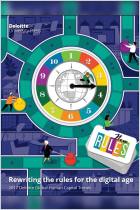
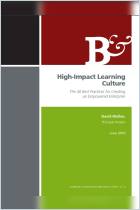
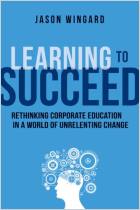
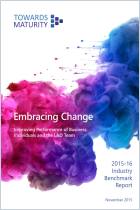
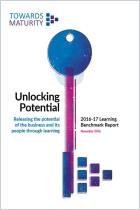

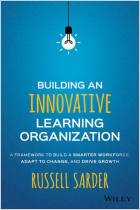





Comment on this summary or Start Discussion